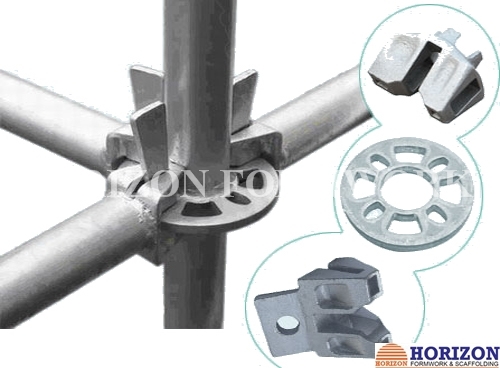Dec . 01, 2024 13:34 Back to list
formwork for retaining wall companies
Formwork for Retaining Wall Companies A Comprehensive Guide
Retaining walls are crucial structures in construction, primarily used to hold back soil and prevent erosion. These walls can be essential for landscaping, roadways, and various civil engineering projects. However, one of the key aspects of building retaining walls is the use of formwork. This article explores the importance of formwork in retaining wall construction and the various types and techniques employed by companies in this field.
Understanding Formwork
Formwork refers to the temporary or permanent molds used to shape concrete as it sets. It serves multiple purposes, including supporting the weight of the concrete, providing structural integrity, and ensuring the wall achieves its desired shape and finish. In the context of retaining walls, proper formwork is vital, as it directly affects the quality and durability of the final structure.
Types of Formwork
1. Timber Formwork This is one of the traditional methods used for creating retaining walls. Timber, being readily available and easy to manipulate, allows for custom shapes and sizes. However, timber formwork can be prone to warping and is typically used for smaller projects due to its limited lifespan and durability.
2. Steel Formwork Steel formwork is gaining popularity due to its strength and durability. It can be reused multiple times, making it a cost-effective option in the long run. Steel formwork provides a smooth finish to the concrete, reducing the need for additional surface treatments. However, it requires skilled labor for assembly and dismantling.
3. Plastic Formwork Lightweight and easy to handle, plastic formwork is suitable for a range of applications. It is resistant to moisture and can be used in various weather conditions. This formwork type is often used for pre-fabricated elements of retaining walls, offering a quick and efficient installation process.
4. Aluminum Formwork Similar to steel in terms of durability, aluminum formwork is lightweight and offers a high level of precision in forming. Its modular nature allows for rapid assembly and dismantling, making it an excellent choice for large projects where time is a critical factor.
5. Insulating Concrete Formwork (ICF) This innovative system involves using foam blocks or panels to create a formwork that not only shapes the wall but also provides insulation. ICF is especially beneficial in regions with extreme temperatures, enhancing energy efficiency in buildings constructed with retaining walls.
formwork for retaining wall companies

Techniques for Effective Formwork
When constructing retaining walls, companies must consider several factors to ensure effective formwork
1. Design Considerations The design of the retaining wall should dictate the type of formwork used. Engineers must assess the wall's height, width, and intended load-bearing capacity to choose the most suitable formwork material and technique.
2. Soil Conditions Understanding the soil type and its behavior under pressure is essential for constructing a stable retaining wall. Formwork must be designed to withstand lateral pressures from the soil, particularly for taller walls.
3. Environmental Factors Weather conditions can significantly influence the curing process of concrete. Companies must ensure that their formwork provides adequate protection against rain, extreme temperatures, and wind.
4. Reinforcement Placement The placement of reinforcement bars (rebar) is critical to the strength of the retaining wall. Formwork should be designed to allow for proper positioning and securing of the rebar before the concrete is poured.
5. Finishing Techniques After the concrete has cured, the finishing touches can dramatically affect the wall’s aesthetics and functionality. Companies should consider the formwork's role in achieving the desired surface finish, whether textured, smooth, or decorative.
Conclusion
In summary, formwork plays a pivotal role in the construction of retaining walls. Companies need to understand the various types of formwork available, the techniques for optimal installation, and the design considerations that impact the integrity and performance of the wall. With the right formwork strategy, retaining wall construction can be efficient, durable, and aesthetically pleasing, contributing to the overall success of both small and large-scale projects.
-
High-Quality U Head Jack Scaffolding – Reliable Scaffolding Jack Head Manufacturer & Factory
NewsJul.08,2025
-
High-Quality I Beam H20 Leading Timber Beam H20 Material Factory, Exporters & Manufacturers
NewsJul.08,2025
-
High-Quality Powder Coating Steel Formwork - Durable & Corrosion Resistant Solutions
NewsJul.07,2025
-
Inclined Column Formwork Supplier – Durable & Precise Solutions for Unique Structures
NewsJul.07,2025
-
High-Quality Water Stop Solutions Trusted Water Stop Company & Suppliers
NewsJul.07,2025
-
High-Quality Formwork Material Supplier Reliable Manufacturer & Factory Solutions
NewsJul.06,2025